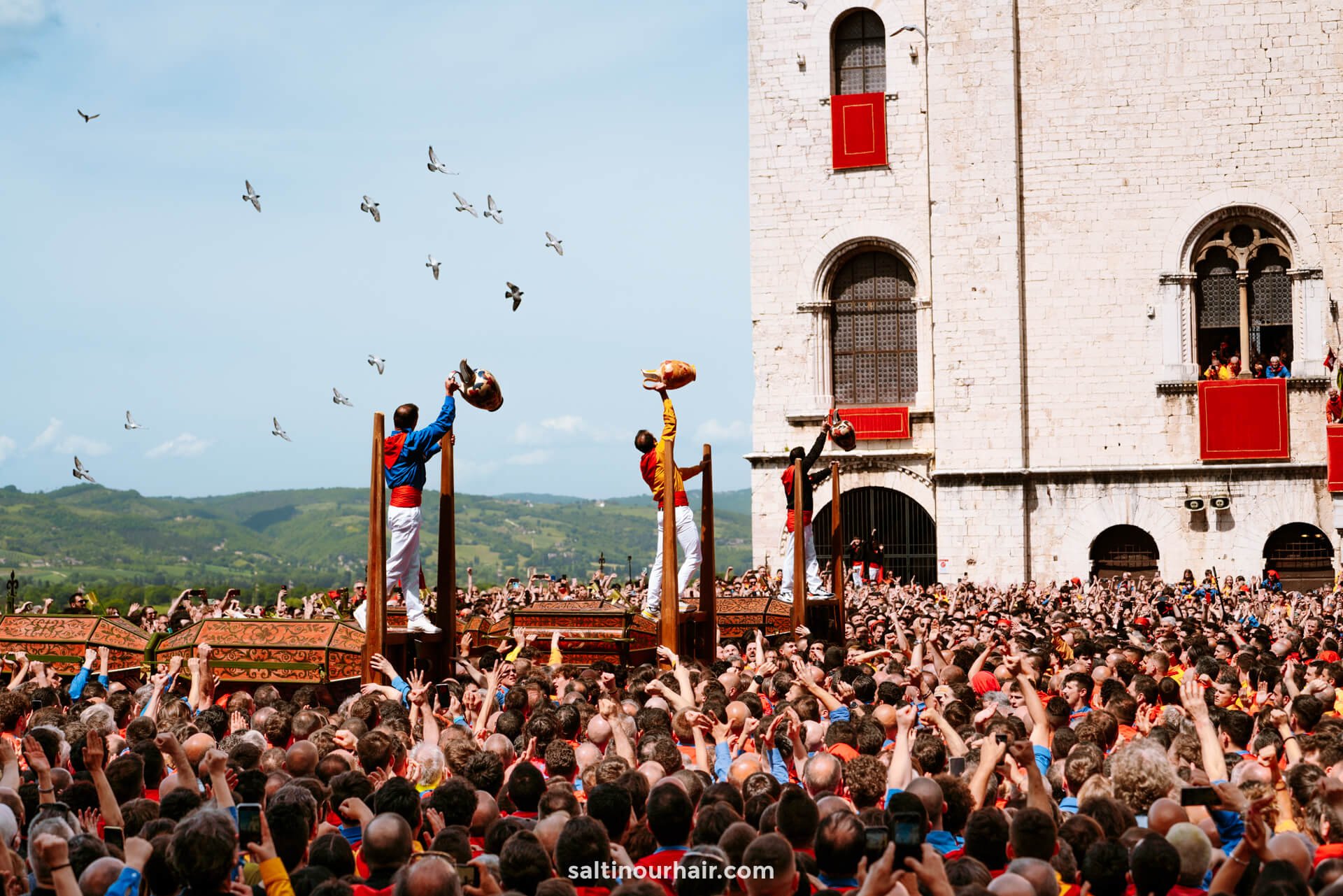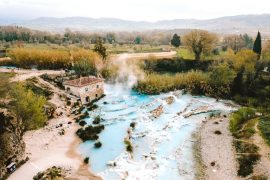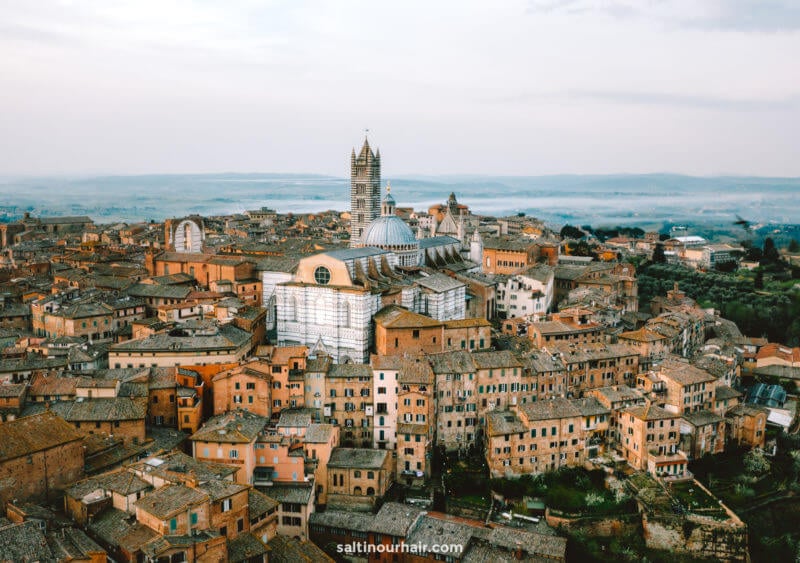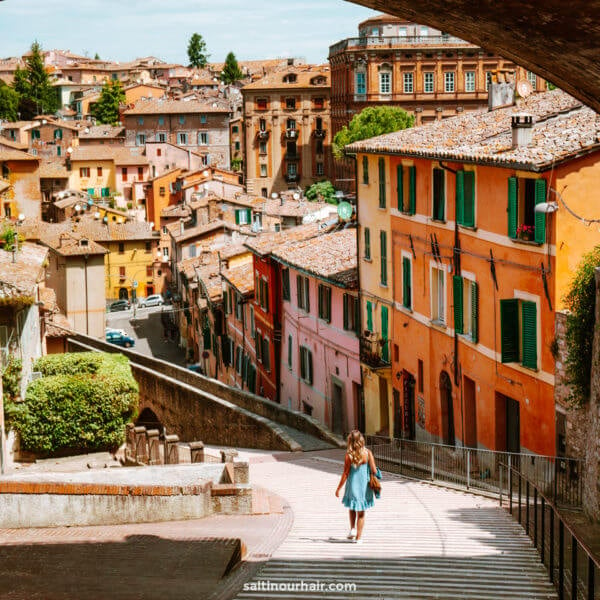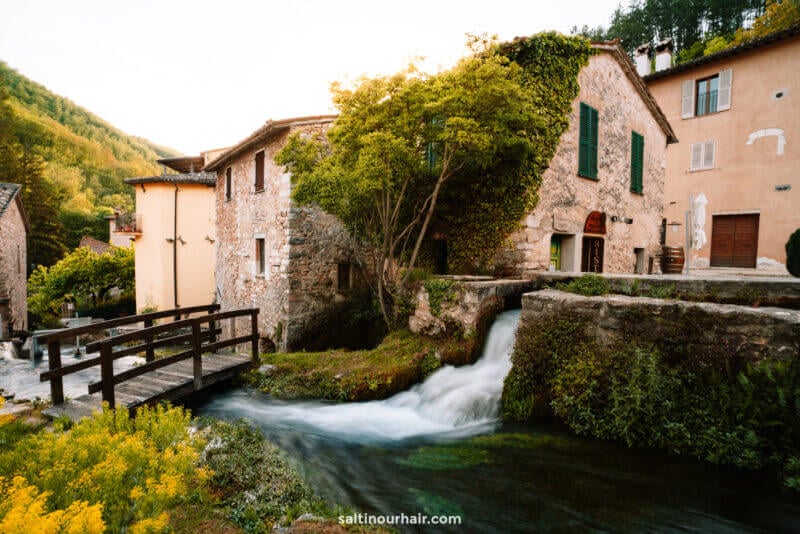Best time to visit Italy
Best Things to doin Italy
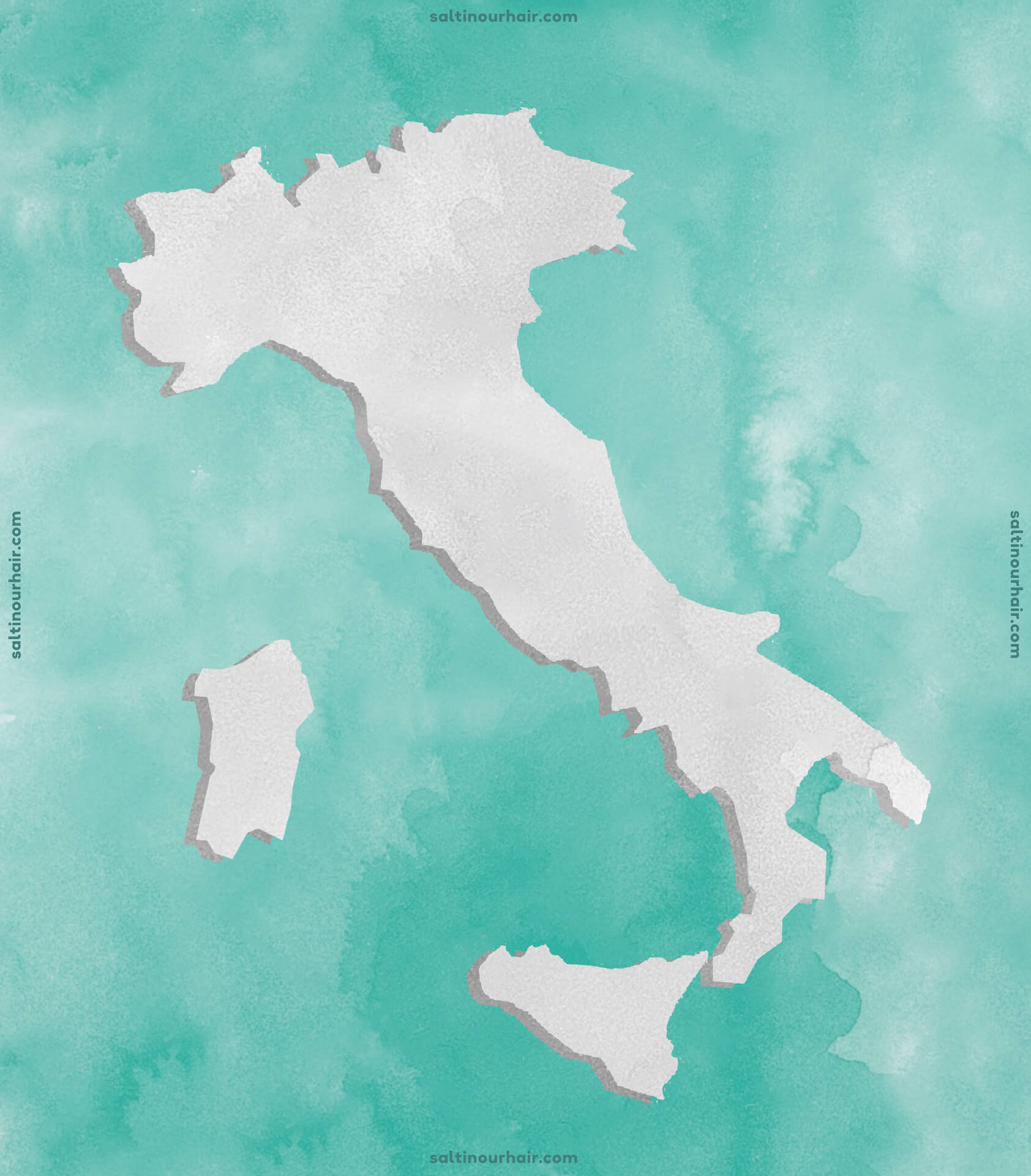
Map of Italy
Weather in Italy
Italy sees a Mediterranean climate, making it great to visit any time of the year. Summers are hot and dry (the perfect beach weather), and winters are mild, ideal for exploring cities. Coastal areas like Sicily have sunny weather, while inland regions see more distinct seasons.
Best Italian cities
- Find Hotels via Booking.com
- Find Hostels via Hostelworld
- Find a Rental Car via Sunny Cars
- Find Flights to Italy via Skyscanner
- Get a Travel Insurance via Heymondo
- Book Tours & Attractions via GetYourGuide
- Book a Bus/Train/Transfer via 12Go
- Get a Visa via iVisa
- How to pack light for your trip
- How to plan your trip our tips
From spectacular cities full of history and art to gorgeous natural scenery, buzzing beaches, and world-renowned cuisine, Italy is a dream destination for countless reasons. Whether you’re exploring ancient ruins or savoring a delicious pizza on the coast, Italy offers a perfect blend of culture and beauty.
Though popular with many high-end hotels and restaurants, Italy can also be affordable. Enjoy delicious pasta for only $10 and gelato for $3, and stay in budget-friendly hotels (starting around $50), proving that La Dolce Vita is for every type of traveler.
In Italy, sip confidently from the tap – the water is safe and refreshing to drink! Bring a reusable bottle to top up at one of the many fountains, and stay hydrated while reducing plastic waste.
Most travelers from the EU, the US, and many other countries can enter Italy for up to 90 days without a visa. Check your specific requirements, pack your bags, and get ready for pasta-filled adventures!
Italian, the language of love, art, and delicious food, is like music to your ears. Embrace the bella lingua as you travel through the country, offering a friendly ‘ciao’ (hello or goodbye) everywhere you go.
Travel insurance is your safety net for your city-exploring and Vespa-riding escapades, making sure you have peace of mind whilst making unforgettable memories. It protects you against unexpected events, whether it’s a canceled flight or an accident.
Italy’s timeless beauty and warm hospitality make it a safe destination for travelers. Crime levels and risk of natural disasters are generally low. In big city centers, like Rome or Milan, petty crime is more common (like pickpocketing or car theft).
Italy uses both Type F and Type L power plugs, so it’s a good idea to carry adaptors for both plug types when traveling to Italy. Type F has two round pins, while Type L has three in a row.
Italy is loved by people from all over the world for its rich culture, landscape, and cuisine. Whether you’re looking to stroll through century-old Florence, sip wine in Tuscany’s stunning vineyards, or relax on the Amalfi Coast, there’s something for everyone.
Travel to Italy
Beauty lies in the details in Italy, whether it’s elderly people enjoying their morning espresso, the stringy mozzarella on a perfect pizza, or the joyful Vespa driver as he drives through the Tuscan sunflower hills. All these beautiful scenes on a vacation in Italy leave travelers deeply in love with the country.
How to Plan Your Trip to Italy
Follow our Italy travel guides to plan your ultimate trip! Whether you’re exploring ancient ruins in Rome, savoring Neapolitan pizza on the coast, or admiring the lively towns in Umbria, we’ve got you covered with our informative guides. Discover all the best places in Italy, or check out our 7-day Italy itinerary.
2 Weeks in Italy also makes the perfect time for a road trip, allowing you to see much more of this diverse Mediterranean country.
Best Time to Visit Italy
Whether you’re skiing in the Dolomites, enjoying a glass of wine in Siena, or touring ancient Roman ruins, the weather adds its own magic to your Italy holiday.
High Season: Italy’s weather is different throughout the country and the year. Summers (June to August) are the perfect time for beach bumming in coastal areas like the Amalfi Coast and Sicily. This is, however, also peak travel season, so prepare for crowds.
Shoulder Seasons: The shoulder seasons of spring and fall are the best time to visit Italy. During this time, the weather is pleasant, and landscapes burst in color. Florence and Tuscany are particularly stunning during this time, with milder temperatures perfect for exploring historical sights and vineyards.
Low season: Winter makes a great time to visit the north (especially the Italian Alps) if you’re into snow sports. Venice, Milan, and Rome can be a bit chilly but are just as enchanting and will have fewer tourists. Down south on the coast, winters are milder, making them also a great off-season escape.
Coastlines and Beaches
Once you’ve absorbed all the Italian history and art that there is to offer, head to the idyllic Italian shores. The country boasts a coastline that’s as diverse as it’s stunning, offering a beach experience for every traveler. Best of all, the warm Mediterranean climate in Italy and the hot sun that shines on a deep blue sea make it the perfect summer destination.
Discover areas such as the Cinque Terre, where layers of colored houses sink into the olive groves and cliffs, or cool off in the cool waters in front of Puglia’s unique coast dotted with hidden grottoes.
Alternatively, leave the mainland, and head to the island of Sardinia, where white sandy shores line with azure blue waters. For history lovers, Sicily offers a blend of beautiful beaches and ancient ruins like the impressive Valley of the Temples.
Italy’s beaches are more than just a place to soak up the sun – try different watersports, explore cute coastal towns, and dive into the different gelato flavors.
Food, Culture, and Religion in Italy
Italy is known as a cultural hub where food, culture, and religion come together and create a beautiful blend of traditions.
Food: Italian cuisine is renowned globally, but each region has its own flavors and culinary delights. Lombardy in the north is famous for its creamy risotto, while Sicily in the south boasts dishes like pasta alla norma, and Naples is the birthplace of pizza.
Culture: Everywhere you go in Italy feels as if you’re walking in a living museum adorned with ancient ruins like the Colosseum in Rome or the remarkably preserved city of Pompeii. Use our Italy travel guides to explore timeless art in Florence or slowly drift down the canals in Venice, taking in all the enchanting architecture.
Religion: Religion also holds a significant place in Italy’s culture, with the majority being Roman Catholic. Vatican City, nestled in the heart of Rome, stands as the epicenter of the Catholic Church. Pilgrims used to flock to sites like Assisi, the birthplace of St. Francis, for spiritual journeys, and there are many religious festivals all throughout the country, showing Italy’s rich cultural heritage.
Why You Should Travel to Italy
With its romantic settings, delicious cuisine, cultural heritage, history, and art, it’s easy to see why people from all over the world travel in Italy. Visitors can tread the paths of the ancient Romans and stroll through century-old streets, all while savoring fresh seafood and pasta. Later, enjoy your food coma, while relaxing along the coast or waterfront in stunning locations like Lake Como.
Tip: Some of the best things to do in Italy lie more off the beaten path, like the lush region of Umbria. Discover cute towns and water villages tucked between rolling hills covered in vineyards. Or, head into its Tuscan neighbor and explore the Elsa Trail and Diborrato Waterfall.
Safety and Travel Advice in Italy
Although Italy is a safe destination to travel to, it’s always good to be up-to-date about safety measures and tips for traveling to the country.
Natural disasters: Though they rarely happen, Italy does see minor earthquakes and sometimes experiences heavy rainfall (winter). Stay informed by registering with your embassy to receive emergency updates on your trip. If you plan on doing any winter sports, always take advice on local weather and avalanche conditions before you travel to Italy.
Crime and safety in Italy: Crime levels are generally low, but in crowded areas, like the city centers in Rome and Milan, petty crime (pickpocketing) does happen. Leave valuables at home and carry your bag on the front if possible. Be particularly careful with your belongings on trains to and from the airport, as well as left unattended on the beaches.
Learn more about travel safety
Traffic: Depending on where you travel to and the time of your visit, there can be quite some traffic in Italy. If you’re driving a rental car in Italy, always watch for traffic signs and stick to the rules (even when locals don’t). In Italy, it’s also important to know which part of the city is a ZTL (zona traffico limitato), as this is a permit-only zone.
Car theft: Though rare, car theft does happen from rental cars, especially in Southern Italy. Because of this, always be mindful of where you park, and don’t leave anything on display inside. Try to remove all valuables and luggage if you can.
Travel Insurance: One of the things we always recommend for your Italy holiday is purchasing travel insurance. Whether it’s lost luggage or an accident – travel insurance gives you more peace of mind. Check out these best travel insurances.



